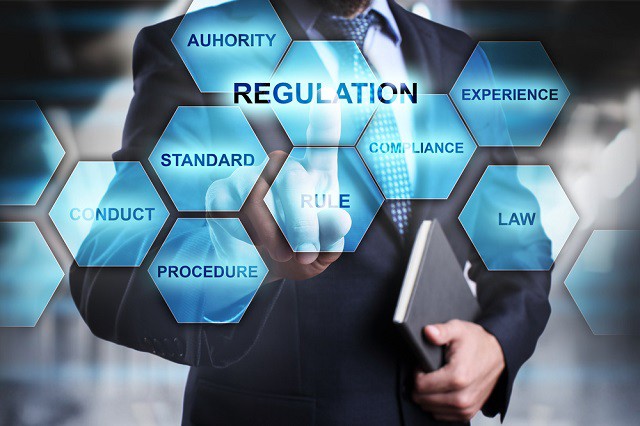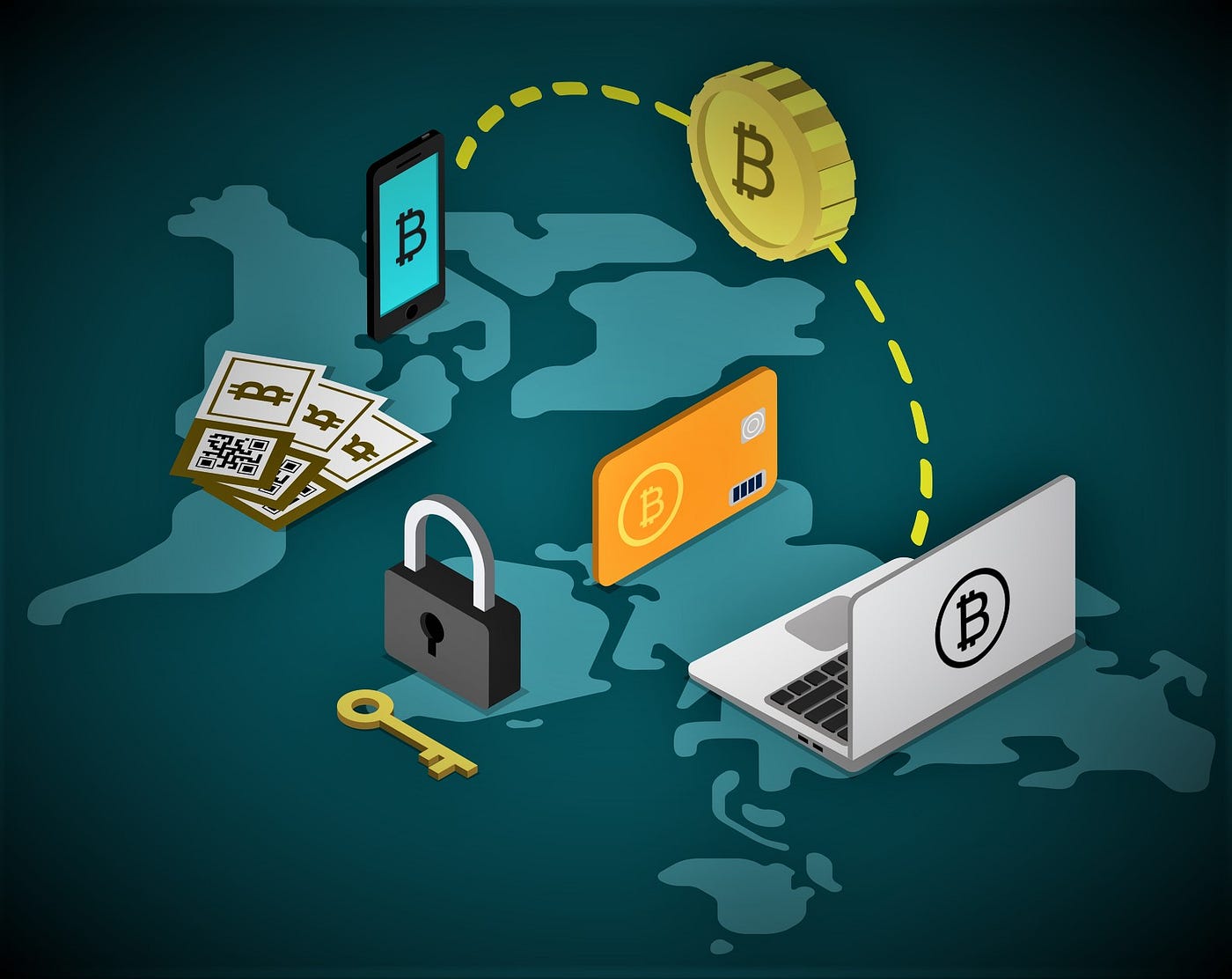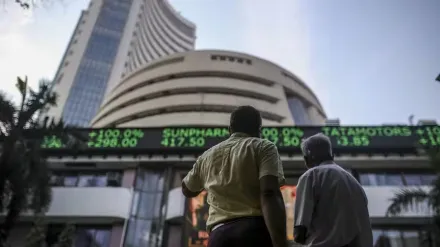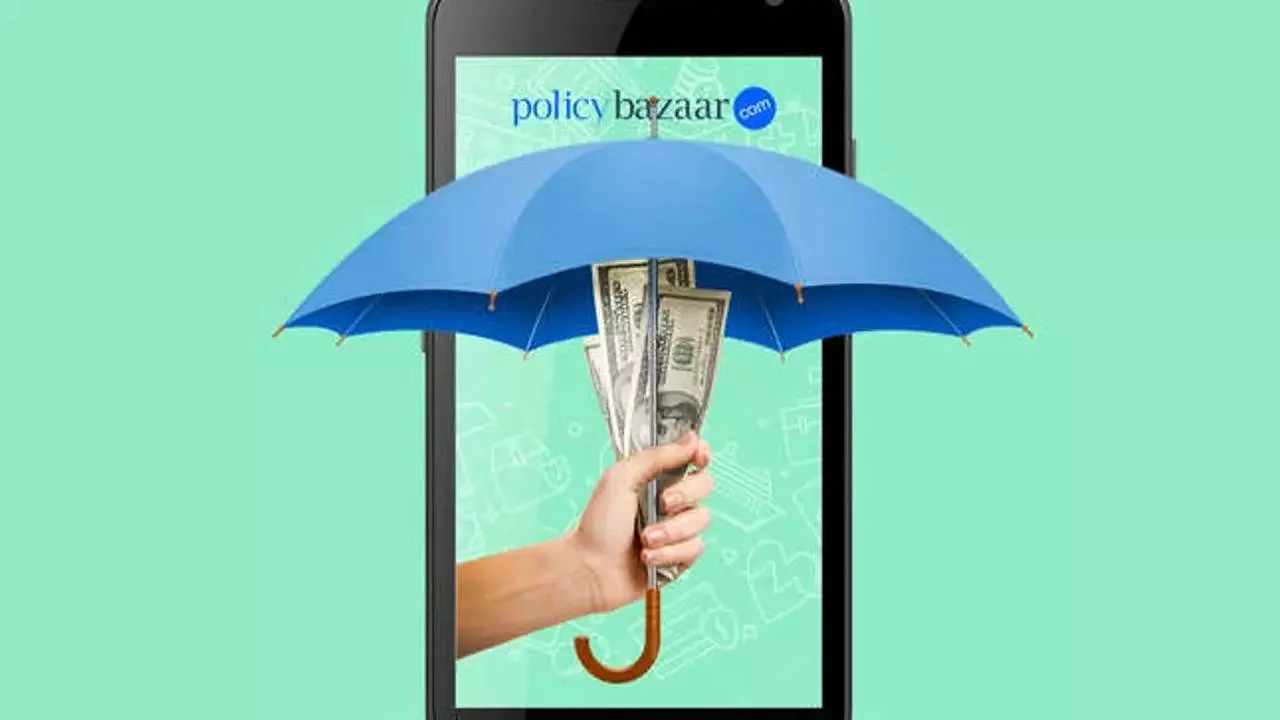Global Expansion Strategies for FinTechs in Emerging Markets: A Playbook for Leaders
2nd August 2025
 Biometric Payments: The Next Big Trend in Secure Transactions
Biometric Payments: The Next Big Trend in Secure Transactions
 Flipkart Gets a Lending Licence: A Bold Leap into Embedded Finance
Flipkart Gets a Lending Licence: A Bold Leap into Embedded Finance
 The Evolution of Fintech Regulation: What’s Next?
The Evolution of Fintech Regulation: What’s Next?
.jpg) The Future of Payments: Trends Reshaping Transactions in 2025
The Future of Payments: Trends Reshaping Transactions in 2025
 The Rise of Contactless Payments: Benefits and Security Concerns
The Rise of Contactless Payments: Benefits and Security Concerns
 QR Codes and the Cashless Leap: Transforming India's Financial DNA
QR Codes and the Cashless Leap: Transforming India's Financial DNA
 How Open Banking is Shaping Financial Services Globally
How Open Banking is Shaping Financial Services Globally
 The Impact of 5G on Fintech Services
The Impact of 5G on Fintech Services
 Top Fintech Innovations Shaping 2025: The Future of Finance
Top Fintech Innovations Shaping 2025: The Future of Finance
 The Role of Cryptocurrencies in Cross-Border Payments
The Role of Cryptocurrencies in Cross-Border Payments
 What the Future Holds for Digital-Only Banks: Navigating the Next Era of Banking
What the Future Holds for Digital-Only Banks: Navigating the Next Era of Banking
 How AI is Transforming the Credit Scoring System
How AI is Transforming the Credit Scoring System


28 June 2025
3 min read
428
On March 13, 2025, the Reserve Bank of India (RBI) granted Flipkart Finance Private Limited a Non-Banking Financial Company (NBFC) licence—the first ever to a major Indian e‑commerce platform. This transforms Flipkart from a facilitator to a full-fledged lender, capable of originating and managing loans directly—not just for consumers via EMI and BNPL—but also for its extensive seller base.
Ownership Over the Credit Lifecycle
Previously, Flipkart earned margins through referrals and partnerships with banks and NBFCs. Now, with its own NBFC, it controls pricing, credit risk, and customer onboarding—allowing it to reinvest profits into improving user experience.
Seamless Embedded Finance
With deep integration in its platforms—Flipkart’s marketplace and the super.money app—borrowers can access credit at the point of need. Whether a buyer is choosing an EMI plan or a seller needs working capital, the process becomes seamlessly embedded within the user journey.
Leveraging Data in Lending
Flipkart captures huge volumes of user behavior and sales data. This rich dataset enables it to create tailored, dynamic credit products, enhancing risk prediction and potentially reducing dependence on outdated credit bureau scores.
Stronger Margins & Customer Loyalty
Owning the credit process can drive higher margins than mere referral fees. Additionally, offering integrated financial products can deepen user engagement and brand loyalty.
Industry-Wide Impacts
Flipkart’s move sets a precedent that may prompt rivals—like Amazon’s pending NBFC Axio—to follow suit. Banks and traditional NBFCs will need to adapt, either by partnering with platforms or launching platform-like digital experiences.
Consumer Protection Under RBI Supervision
As a regulated NBFC, Flipkart must comply with RBI norms—ranging from transparent pricing and grievance redressal to responsible lending standards.
Managing Embedded Finance Risks
Though embedded finance offers unprecedented convenience, it also raises concerns around over-indebtedness or mis-selling. Flipkart will need to establish strong underwriting standards, clear disclosures, and ethical lending practices.
Market analysts expect the NBFC arm to roll out consumer loans, EMI plans, BNPL options, and seller financing in the coming months, pending board selections and internal readiness . The company’s fintech ambitions dovetail with its plans to repatriate its headquarters from Singapore to India and pursue a public listing.
Embedded finance is reshaping how Indians transact:
Instant Lending – Sellers can tap into automatic financing based on sales history.
Improved Cash Flow – Access to near-instant funding reduces delayed payments.
Simplified KYC – Platform-collected documents streamline credit onboarding.
Integrated Credit & Payments – Clean integration of EMIs, BNPL and working capital.
Enhanced Conversion – Easier buyer financing means higher average order value.
Flipkart’s NBFC licence is not just a fintech milestone—it’s a strategic leap toward becoming an ecosystem powerhouse. By owning the financial lifecycle—from credit origination and risk management to collections—Flipkart can differentiate itself on margins, customer experience, and loyalty.
This is a watershed moment for the Indian digital economy: lending has moved off traditional banking ledgers and into the seamless fabric of commerce. Flipkart has laid down the blueprint; now competitors and regulators alike have a blueprint for the future of embedded finance.
Read Next
 News
News
 News
News
 Analysis
Analysis
 News
News
 News
News
 Blog
Blog
Live Polls
Live Discussion
Topic Suggestion
Whom Do You Wish To Hear
Sector Updates
Leave your opinion / comment here